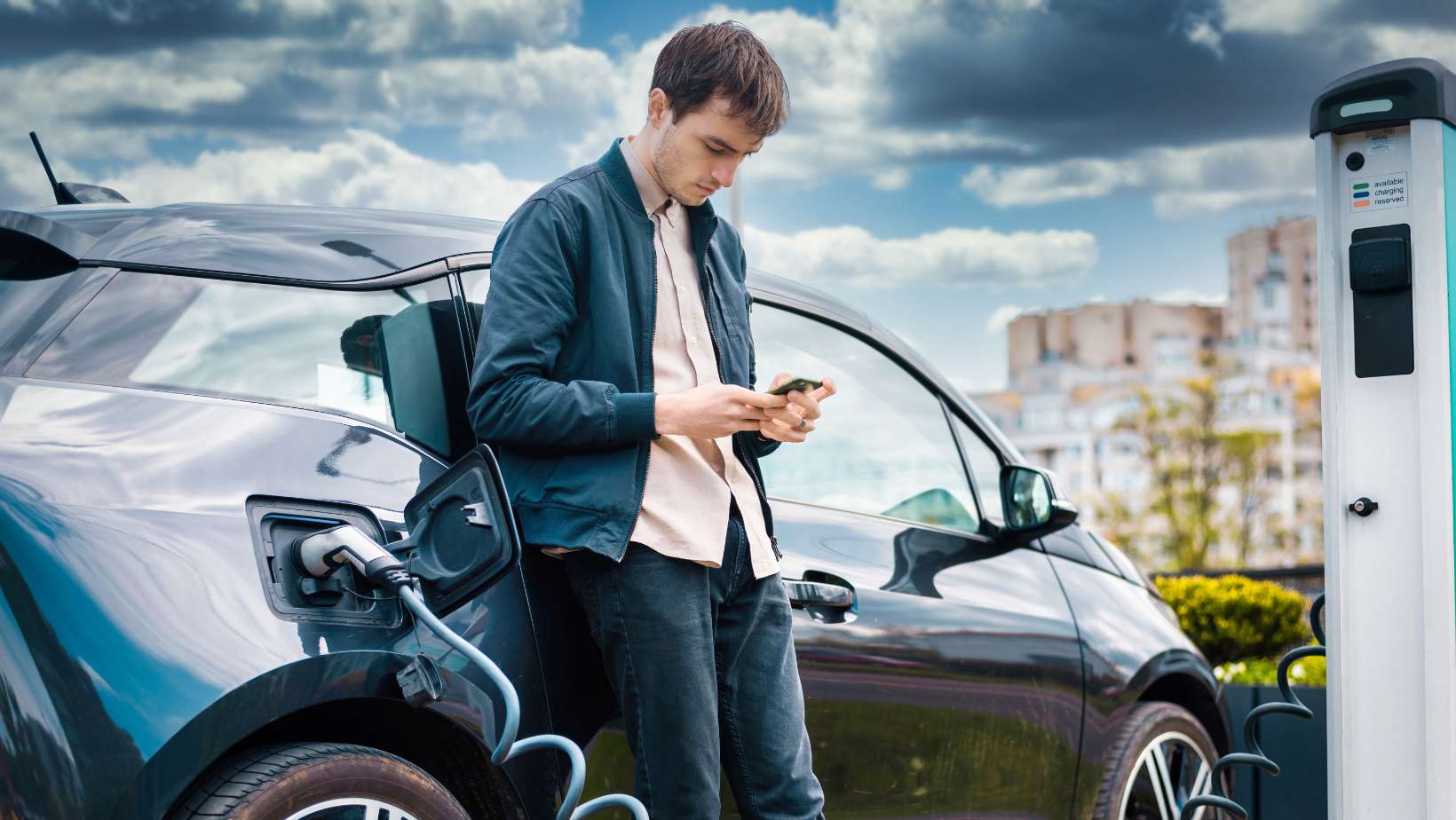Electric vehicles are gaining popularity due, to advancements in technology and growing environmental awareness. If you’re not familiar with these cars you may be curious, about how they operate and the advantages and drawbacks of owning one. This article aims to address these inquiries in a manner.
What are electric cars?
Electric cars, which are also referred to as EVs use a motor to move the wheels of relying on a conventional gasoline or diesel powered internal combustion engine (ICE). These vehicles come with a battery pack that stores electricity obtained from charging stations or renewable energy grids. Generally electric vehicles can be classified into three types.
Hybrid electric vehicles (HEVs)
These vehicles improve fuel efficiency and performance by using a motor with an ICE. Braking recharges the battery by capturing energy lost during slowing or stopping. HEVs run on petroleum, unlike plug-in hybrids. Toyota Prius, Honda Insight, and Hyundai Ioniq Hybrid are popular HEVs.
Plug-in hybrid electric vehicles (PHEVs)
These cars resemble HEVs. They have rechargeable batteries. by plugging it in. PHEVs can go 10–50 miles on electric power before using the ICE. Chevrolet Volt, Ford Fusion Energi, and Toyota Prius Prime are PHEVs.
Battery electric vehicles (BEVs)
These vehicles are equipped with a motor. Do not require engines such as combustion engines. They operate entirely on power stored in their batteries, which can be replenished by connecting them to outlets or charging stations. Battery Electric Vehicles (BEVs) do not release any substances through their exhaust pipes. They have the capability to travel over 200 miles on a charge. Some known examples of BEVs include the Tesla Model 3 Nissan Leaf and Chevrolet Bolt.
What are the benefits of electric cars?

Electric vehicles offer numerous advantages for drivers and the environment. Here are some examples:
They can save money on fuel and maintenance costs
If you charge your vehicle during peak hours or utilize renewable energy, electricity is usually cheaper than gasoline or diesel. Vehicles have fewer moving parts than ICE cars, reducing wear and upkeep.
They can reduce emissions and dependence on fossil fuels
Electric cars have clean exhaust systems. Solar, wind, and hydroelectric power charge them easily. Reduced greenhouse gas emissions mitigate climate change and enhance air quality. Electric vehicles minimize our dependence on imported oil and the environmental and security risks of oil exploration.
They offer a superior driving experience
Electric cars are quieter and more comfortable than ICE cars. Their torque capacity allows for faster and easier acceleration than ICE vehicles. Electric vehicles also have braking too slow without using the brakes. This conserves energy and prolongs the braking system.
What are the challenges facing electric cars?
Before electric cars can become widely accepted, there are challenges that need to be overcome. Let’s take a look, at some of these obstacles;
They have a higher upfront cost
Electric vehicles tend to have a price tag compared to traditional internal combustion engine (ICE) cars of similar size and features. This is primarily due, to the cost of the battery pack. Nevertheless this price difference is gradually shrinking as battery prices decrease and more electric car models enter the market. Additionally owners of cars can take advantage of tax credits, rebates and incentives that help reduce the initial cost of purchasing such vehicles.
They have a limited range and charging infrastructure
Electric vehicles have a limited driving range compared to traditional gasoline powered cars when running on a single charge. This makes them less ideal for long distance journeys or areas with infrastructure. However the range is continuously improving with models and bigger batteries. To overcome this limitation electric car owners need to plan and identify charging stations along their desired routes. The availability and accessibility of charging stations can vary depending on the location and type ranging from Level 1 chargers that use a standard 120 volt outlet to faster Level 3 chargers that require a 480 volt outlet. Charging times also vary based on factors such as battery size, current charge level and charger type ranging from hours to less than an hour.
They have a different impact on the grid and the environment
Electric vehicles change where emissions originate, moving them from the cars exhaust pipe to the power plant. This means that the environmental impact of cars depends on how the electricity they use is produced. If the electricity comes from coal or natural gas electric cars might still release greenhouse gasses than traditional internal combustion engine (ICE) cars. However if the electricity is generated from sources electric vehicles can significantly decrease emissions. It’s important to note that electric cars also increase electricity demand, which can strain the power grid and require generation and transmission capacity. Nevertheless electric vehicles can also contribute to grid stability and facilitate integration of renewable energy by utilizing smart charging technologies that enable charging during times of lower demand and higher supply or even providing electricity back to the grid when needed.
Conclusion
EVs can replace gas-powered cars. They benefit drivers and the earth. Before individuals buy electric cars, there are still difficulties to resolve. Due to technology and infrastructure advances, electric cars are economical, reliable, and convenient. The internet is a terrific resource for car buyers and lessees. Visit a nearby vehicle lot to learn more.




